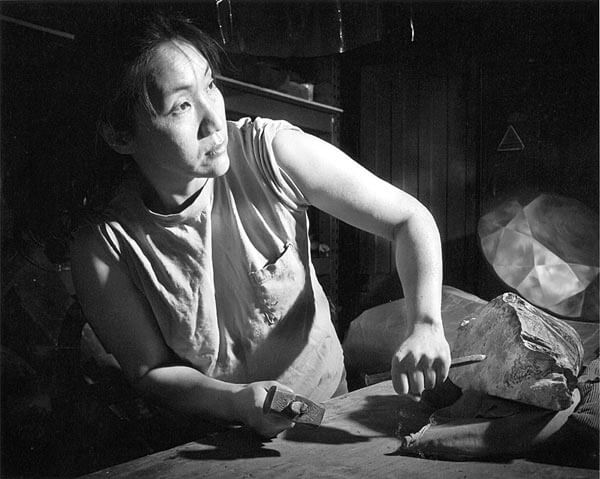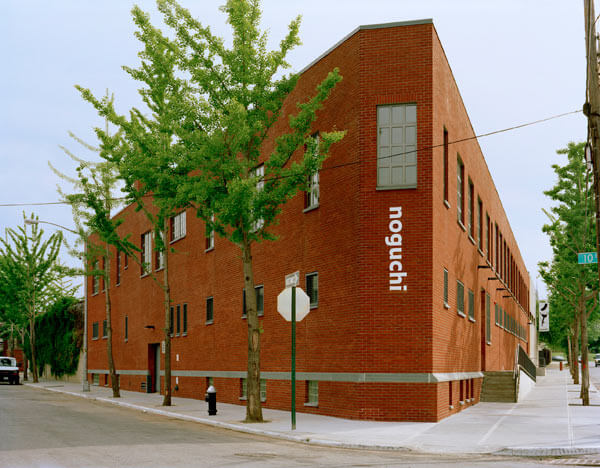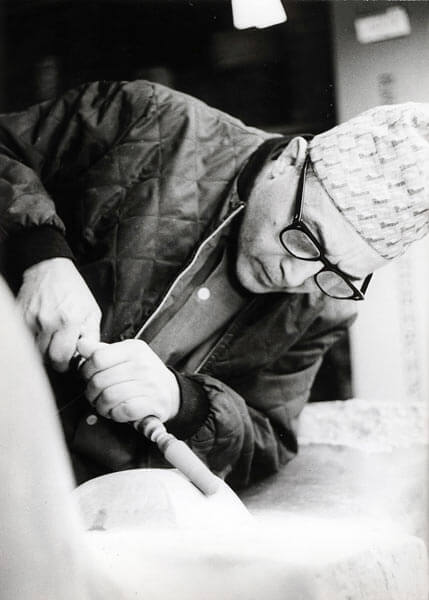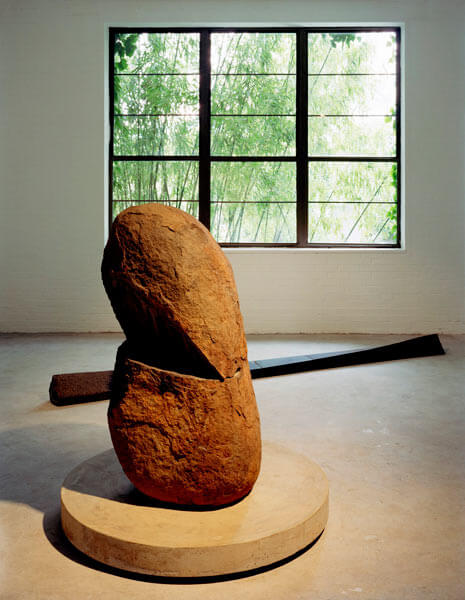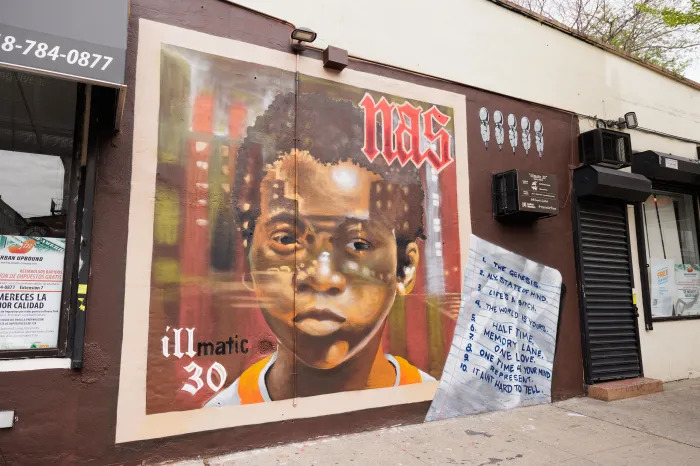By ALex Palmer
Stone sculptures and the process of creating them will be the focus of the Noguchi Museum’s final Artist in Residence Weekend of the season this weekend.
On Saturday and Sunday, master stone carver Ayami Aoyama is scheduled to discuss and demonstrate techniques for splitting stone using basic hand tools. She will delve into the similarities and differences between her own approach to carving and that of the museum’s designer and namesake, the renowned Japanese-American sculptor Isamu Noguchi.
This is the third Artist in Residence Weekend that the Noguchi Museum, located at 9-01 33rd Road, between Vernon Boulevard and 10th Street, in Long Island City, has hosted in as many months. Each has focused on some aspect of Nogushi’s studio practice as an artist and landscape architect, with ceramicist Paul Chaless delving into his studio work in Japan and New York, as well as carpenter and ordained Zen priest Paul Discoe concentrating on Noguchi’s process for building a massive private home.
On Saturday, Aoyama, a stone sculptor now based in New Jersey, will demonstrate traditional Japanese techniques for splitting stone to create original sculptures. The following day, she will lead an artist’s talk on her practice and how it has been influenced by Noguchi himself.
“I was a trained painter in Japan and was going to make a career of that in New York,” she said. But after coming to the United States in 1996 and seeing Noguchi’s work, among other influences, she began to feel pulled to the more elemental experience of stone carving. “I said, ‘That’s it. I have to start at the beginning with stone.’”
Each of the talks relates to the museum’s current exhibition, “Hammer Chisel, Drill: Noguchi’s Studio Practice,” which explores Noguchi’s sculpting process. The show includes photos, film footage and the actual hand and industrial tools he used. The combination of talks and demonstrations are a shared program between the museum’s educational and curatorial departments.
“It was conceived as a way to show how the tools featured in the cases of the show are used in real life,” says Matthew Kirsch, associate curator for the Noguchi Museum. “There’s a huge disconnect between seeing the tools and the finished product, and it’s a valuable experience to see the artist respond to materials in real time.”
In her talk, Aoyama expects to discuss how tools for stonework have developed over the decades since Noguchi was working and how this impacts the art and technique itself with “less carving but more finishing,” as she describes it. Additionally, she plans to describe how she has used various tools over her own career trajectory from experiences working under other sculptors to setting up her own studio in New Jersey.
Aoyama will also explore Noguchi’s specific techniques and instruments, their cultural influences and their significance for other artists.
“Noguchi had his own ideas that utilized traditional senses of technique, but technique that’s in his own voice,” she says. “The approach he uses may be from Japan, but how he uses it is totally unique, with a particular richness.”

